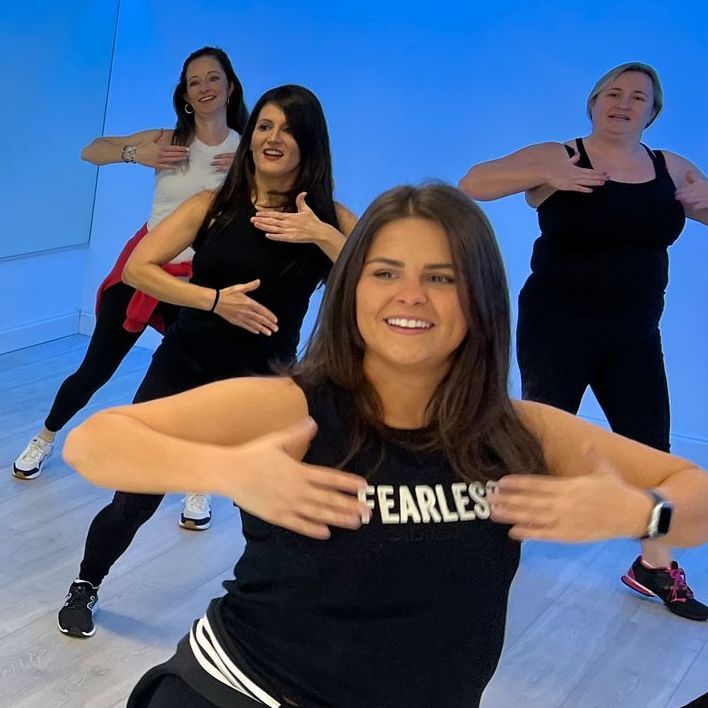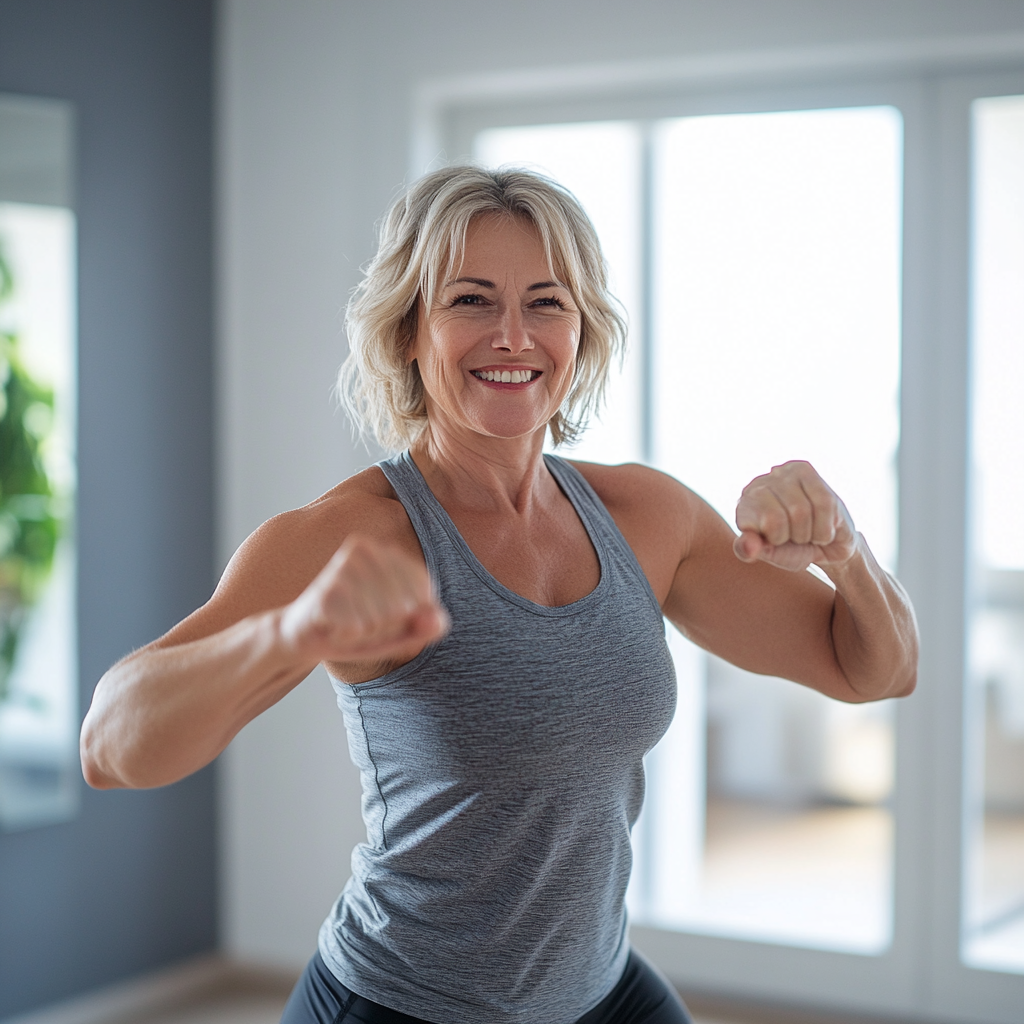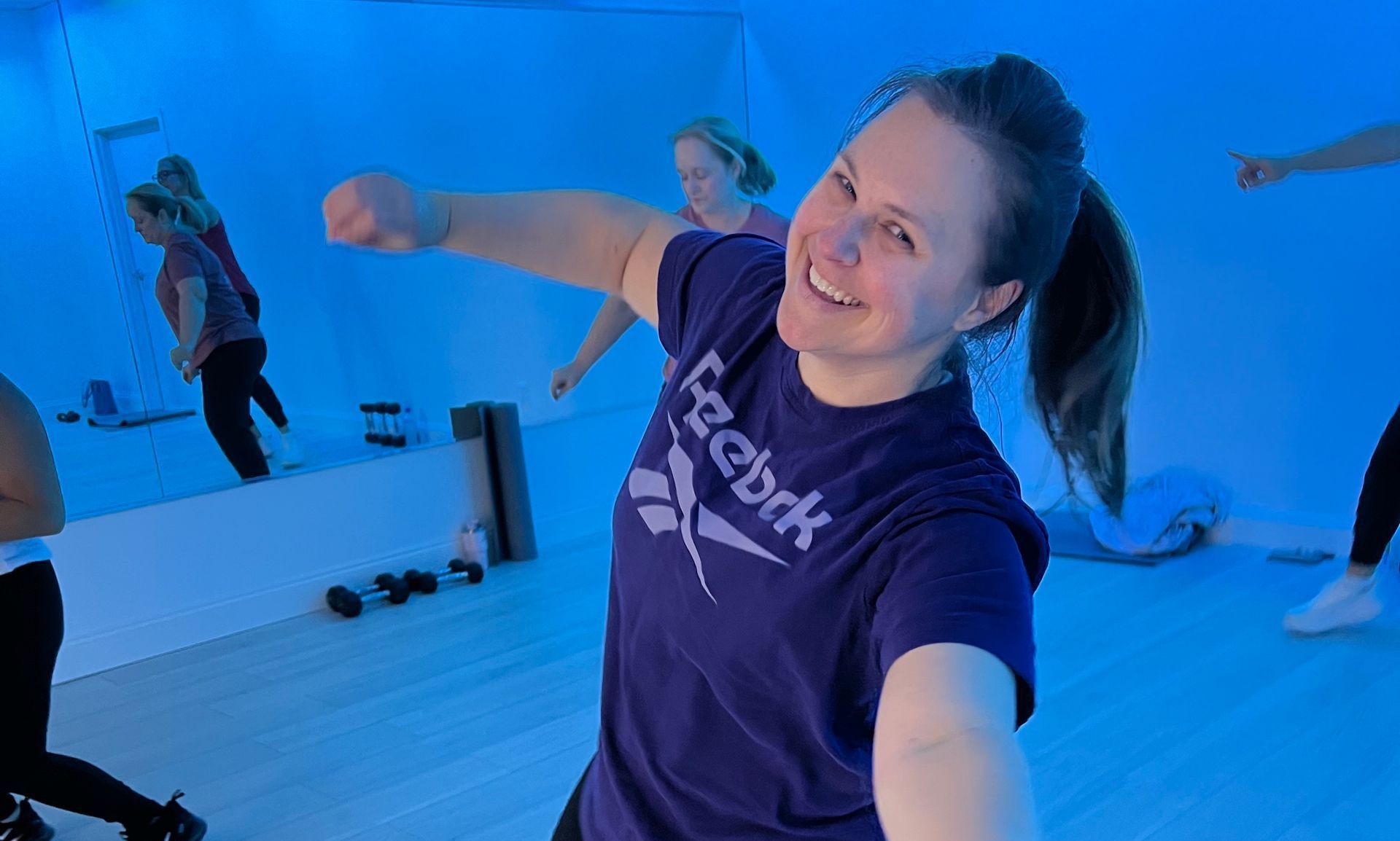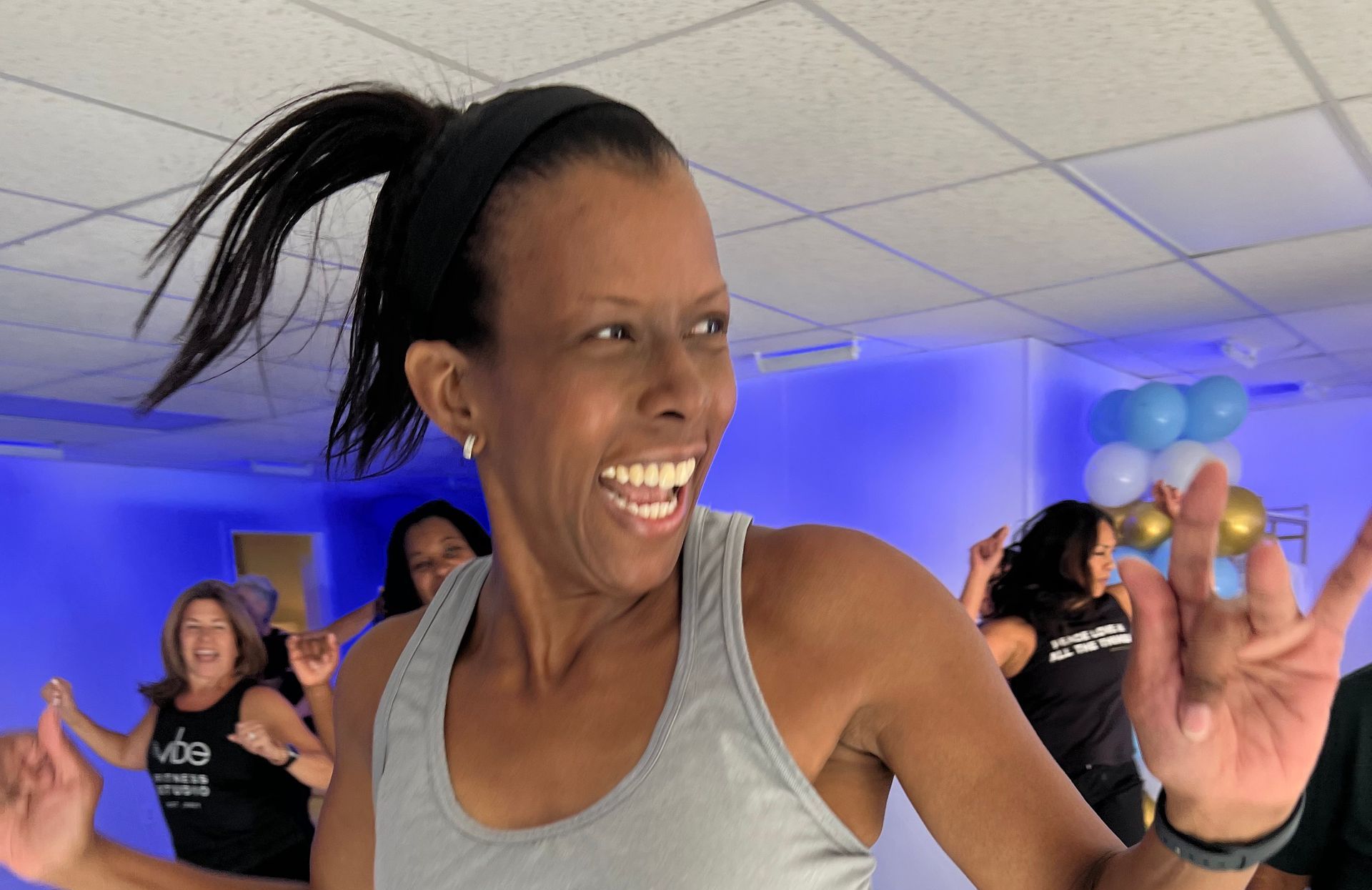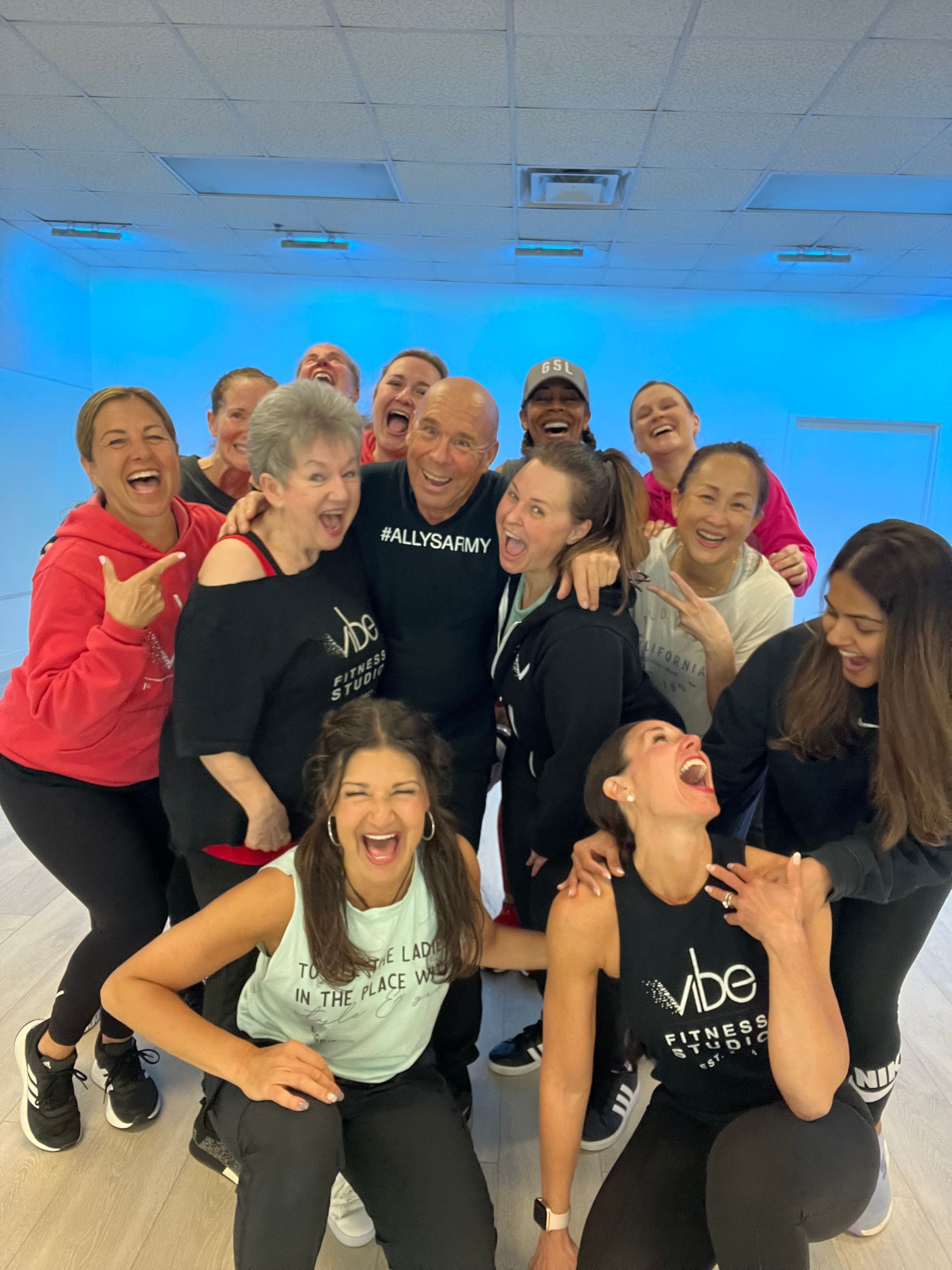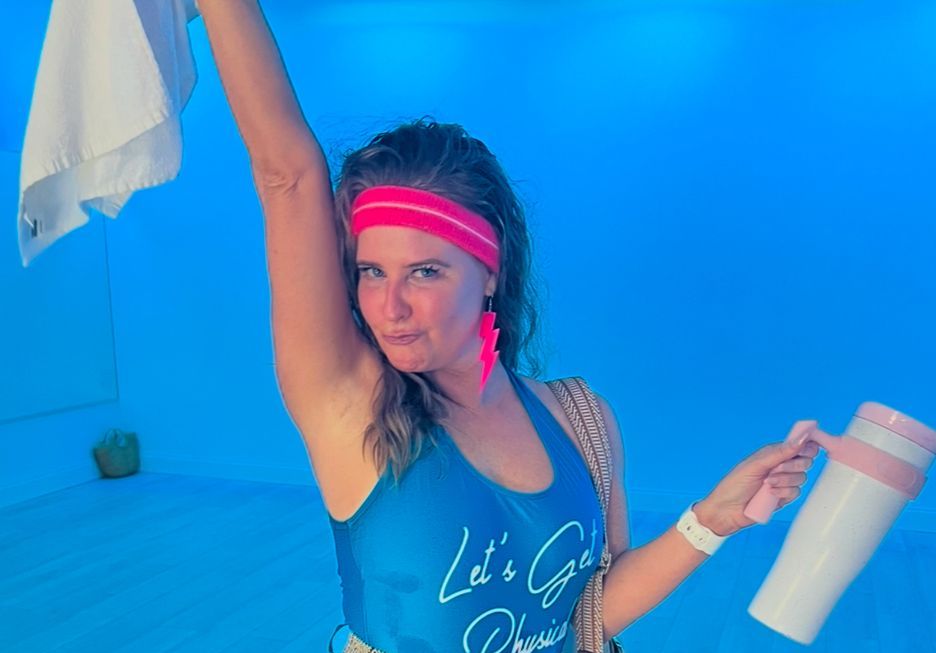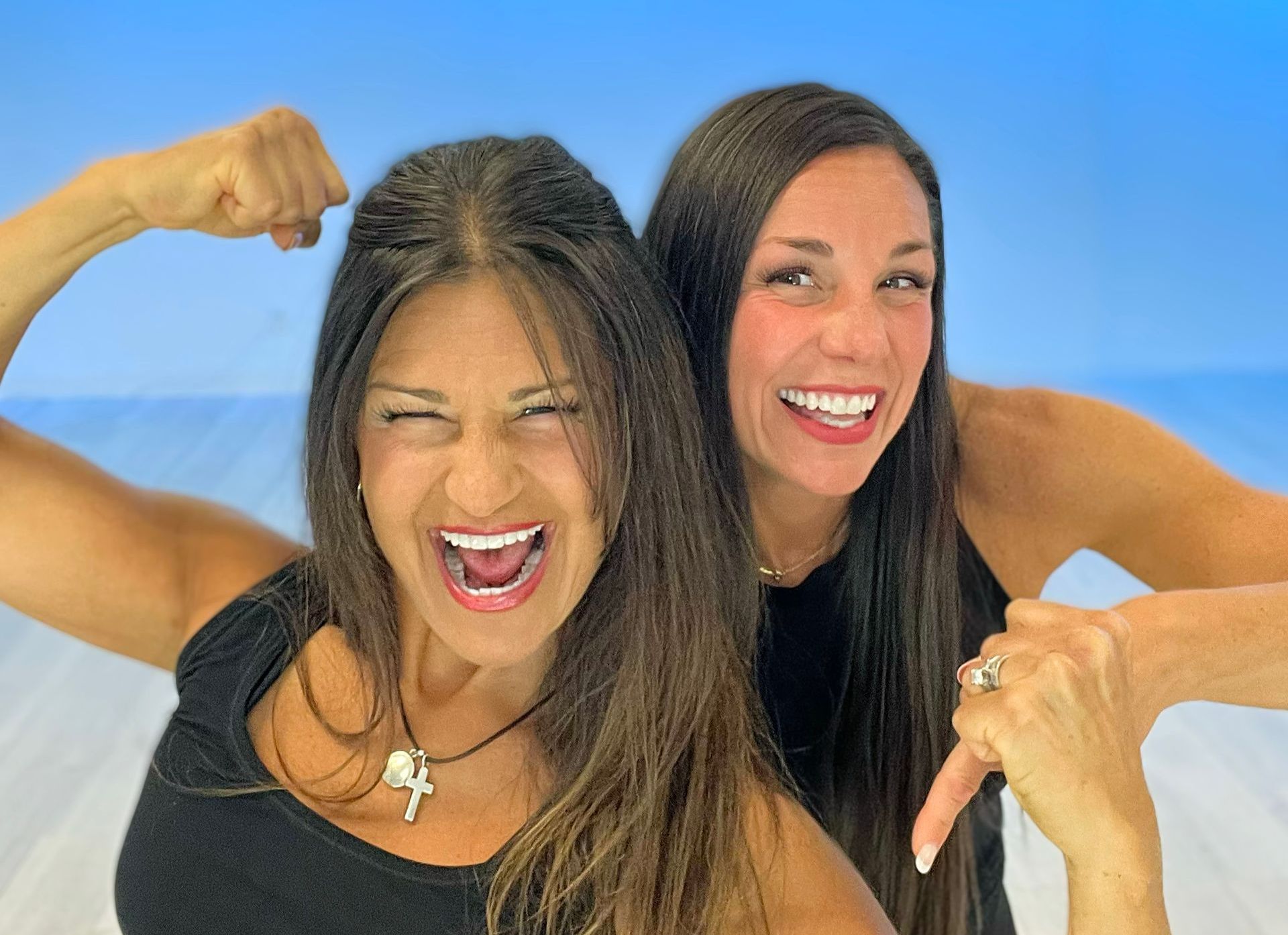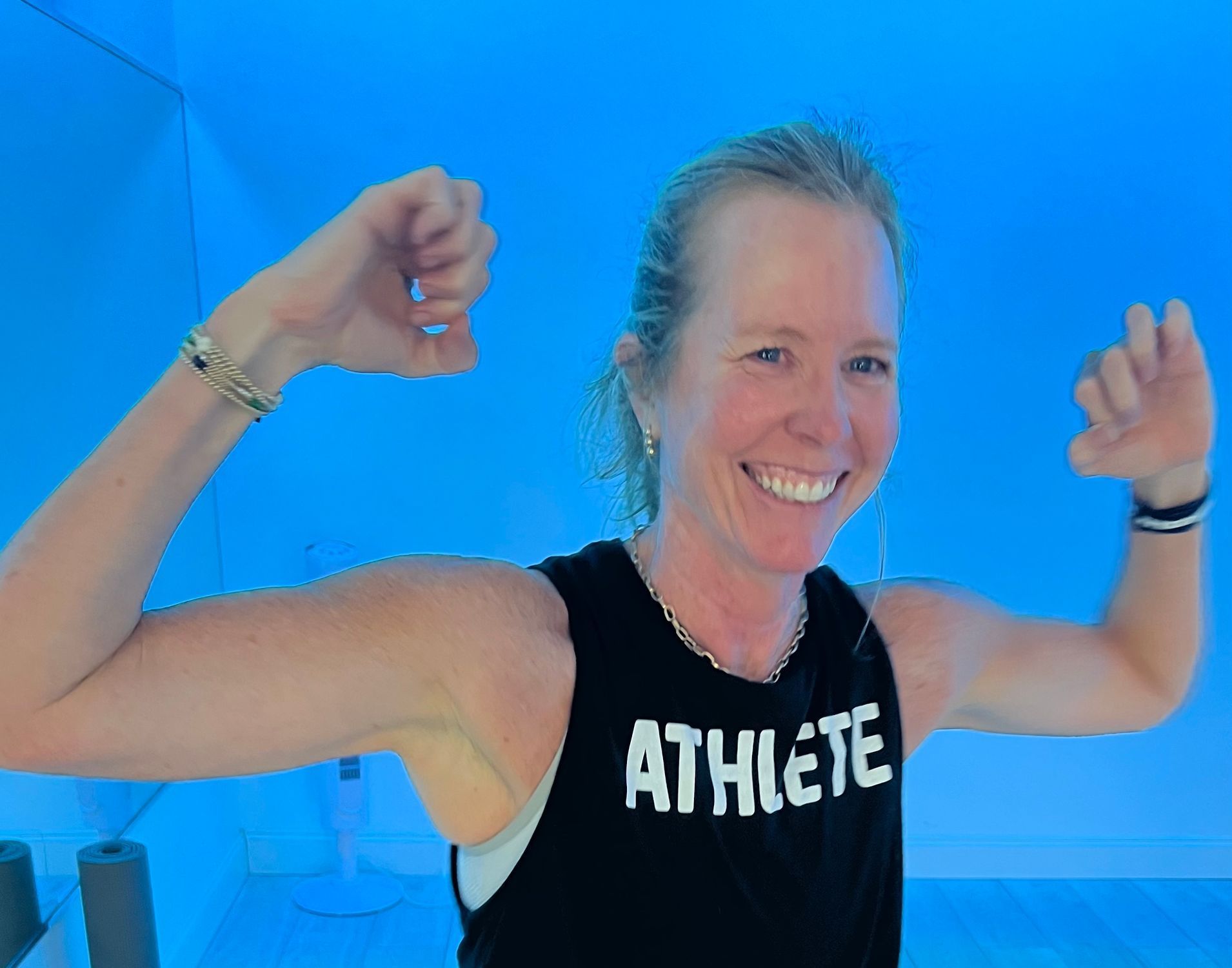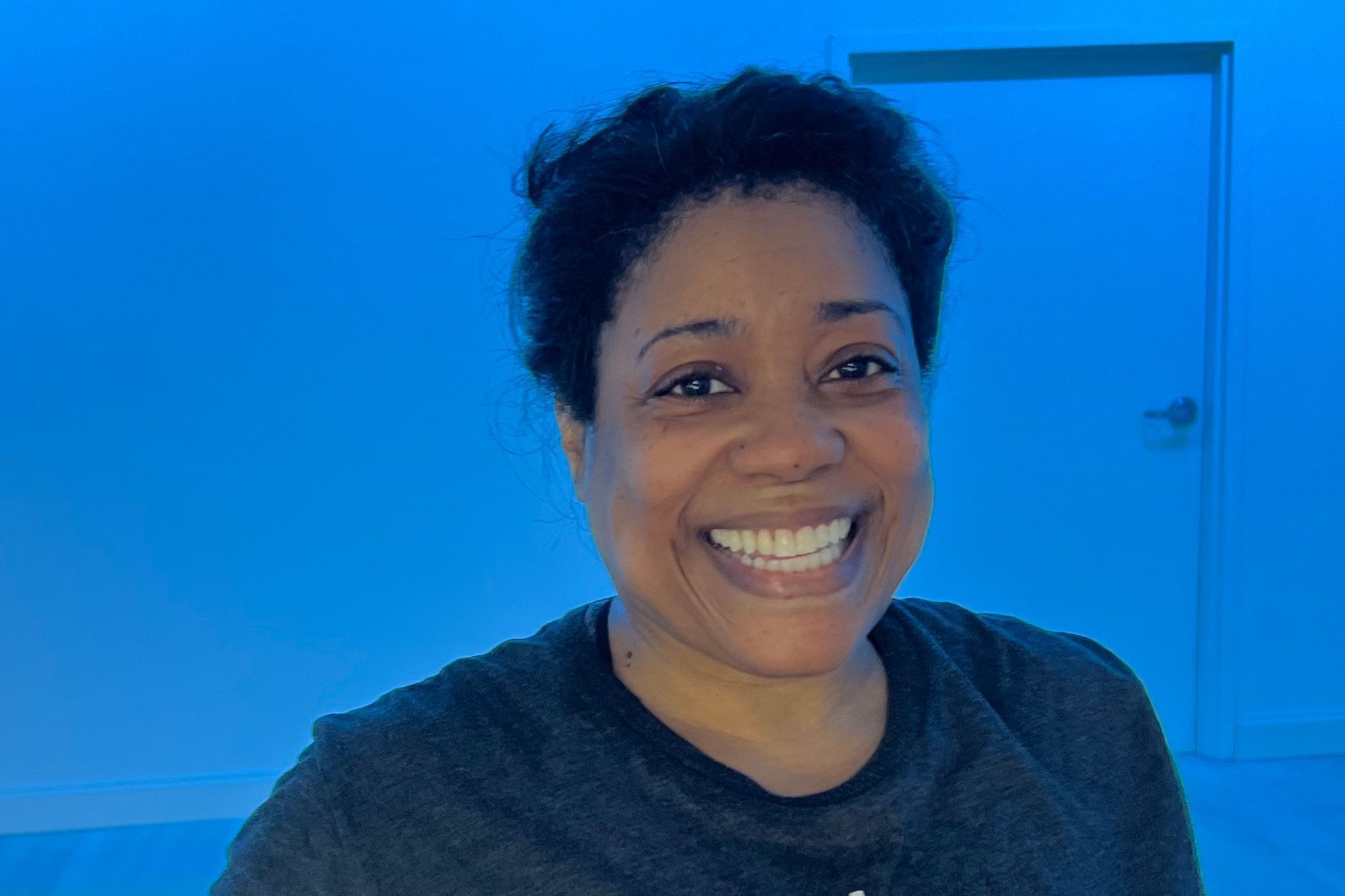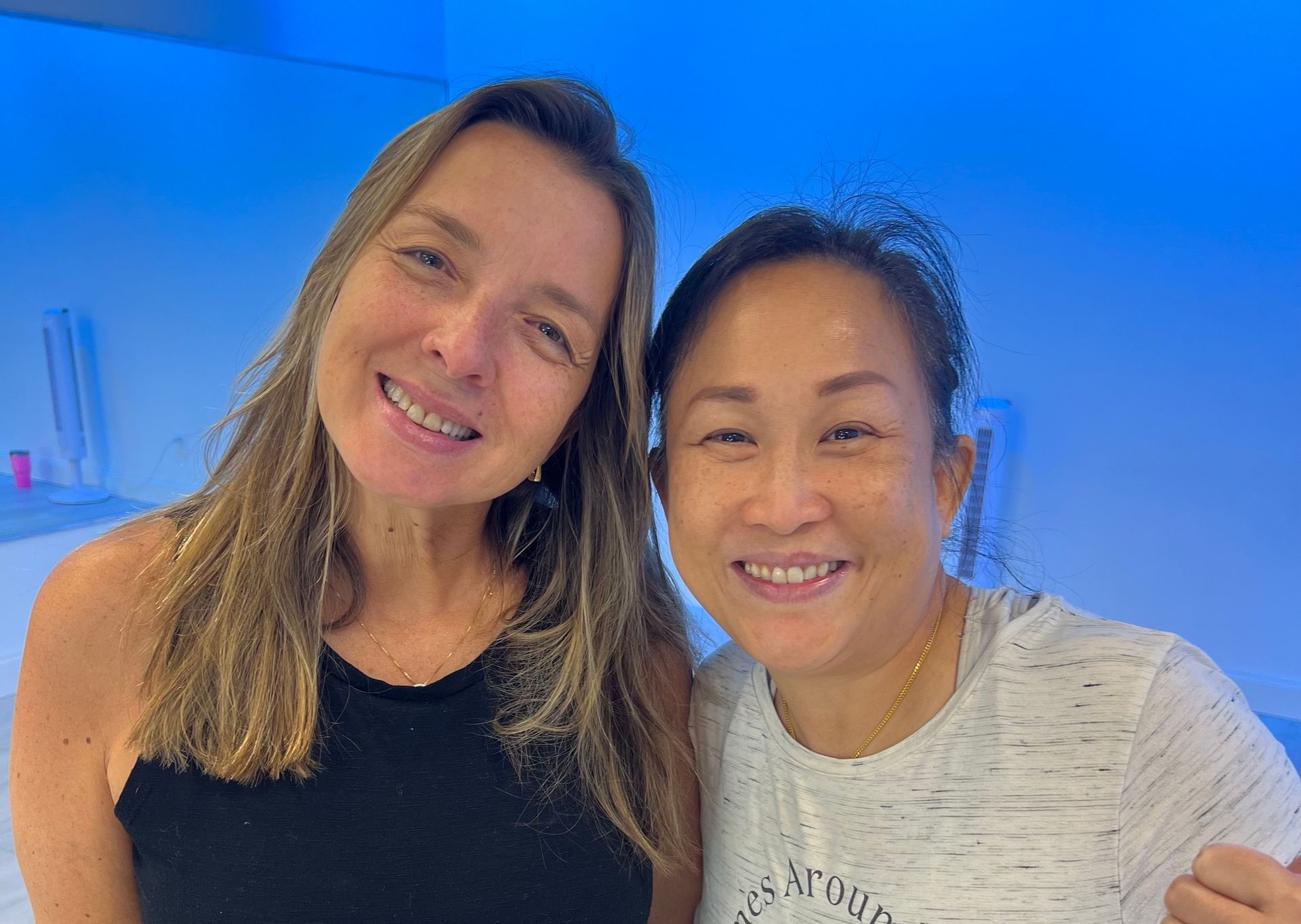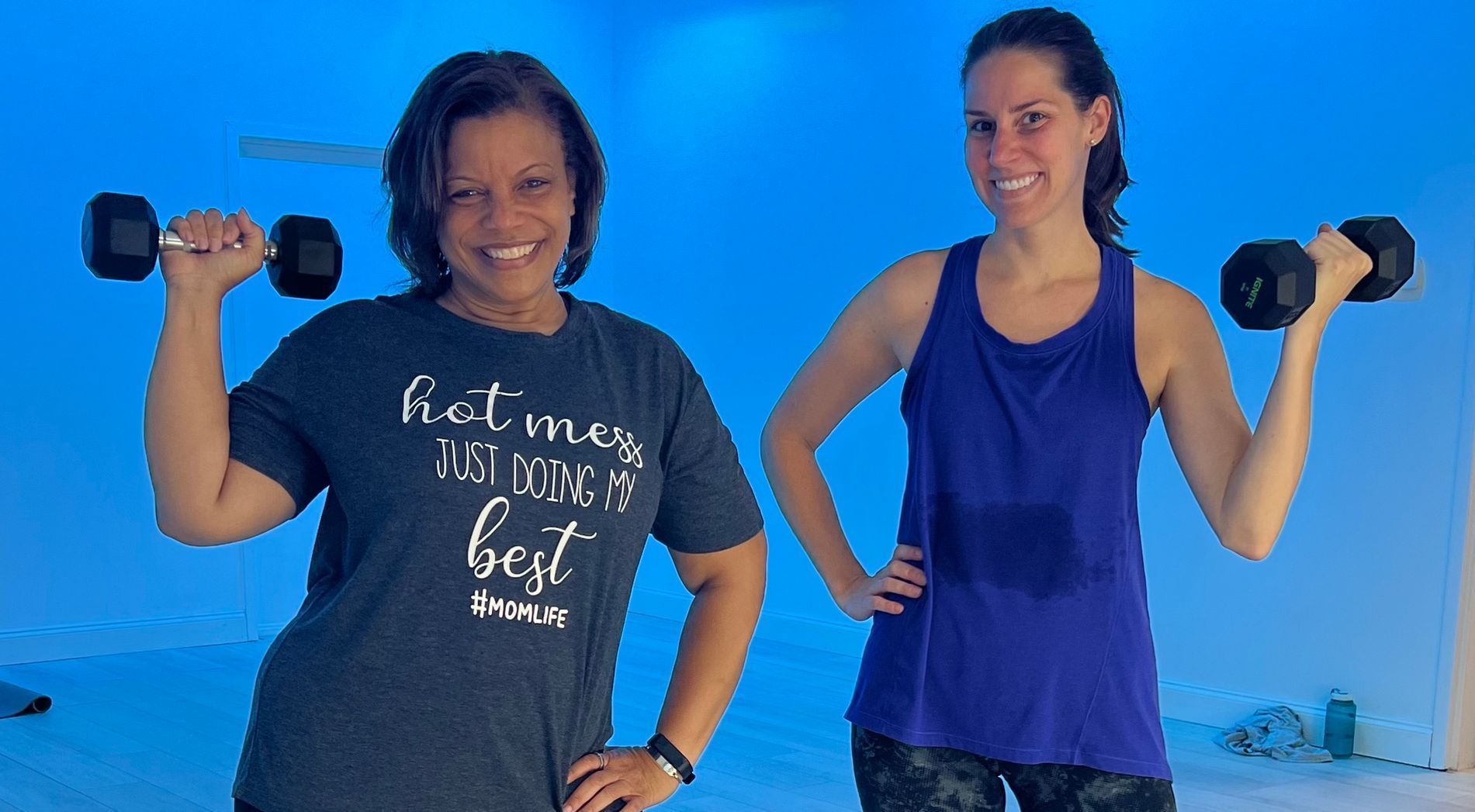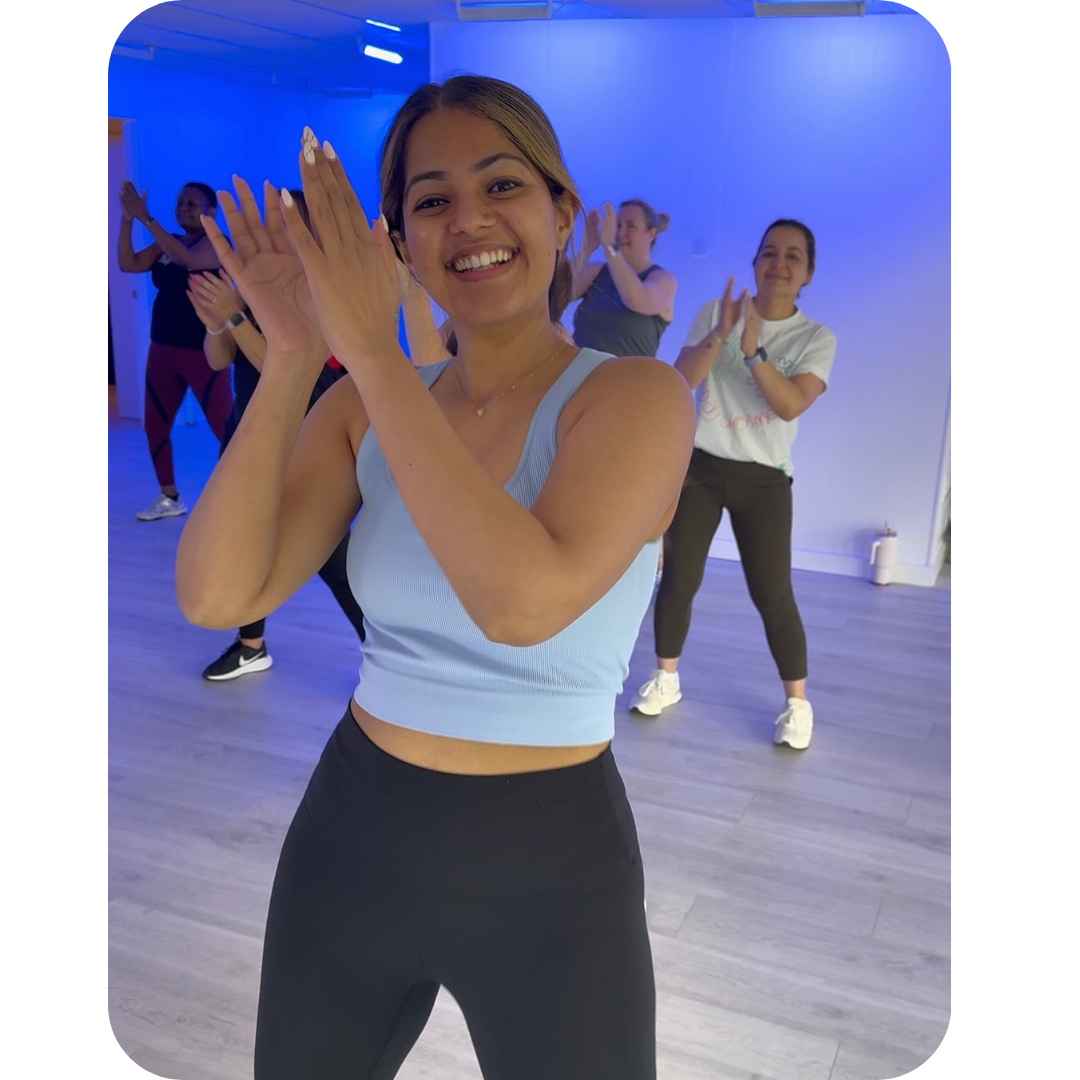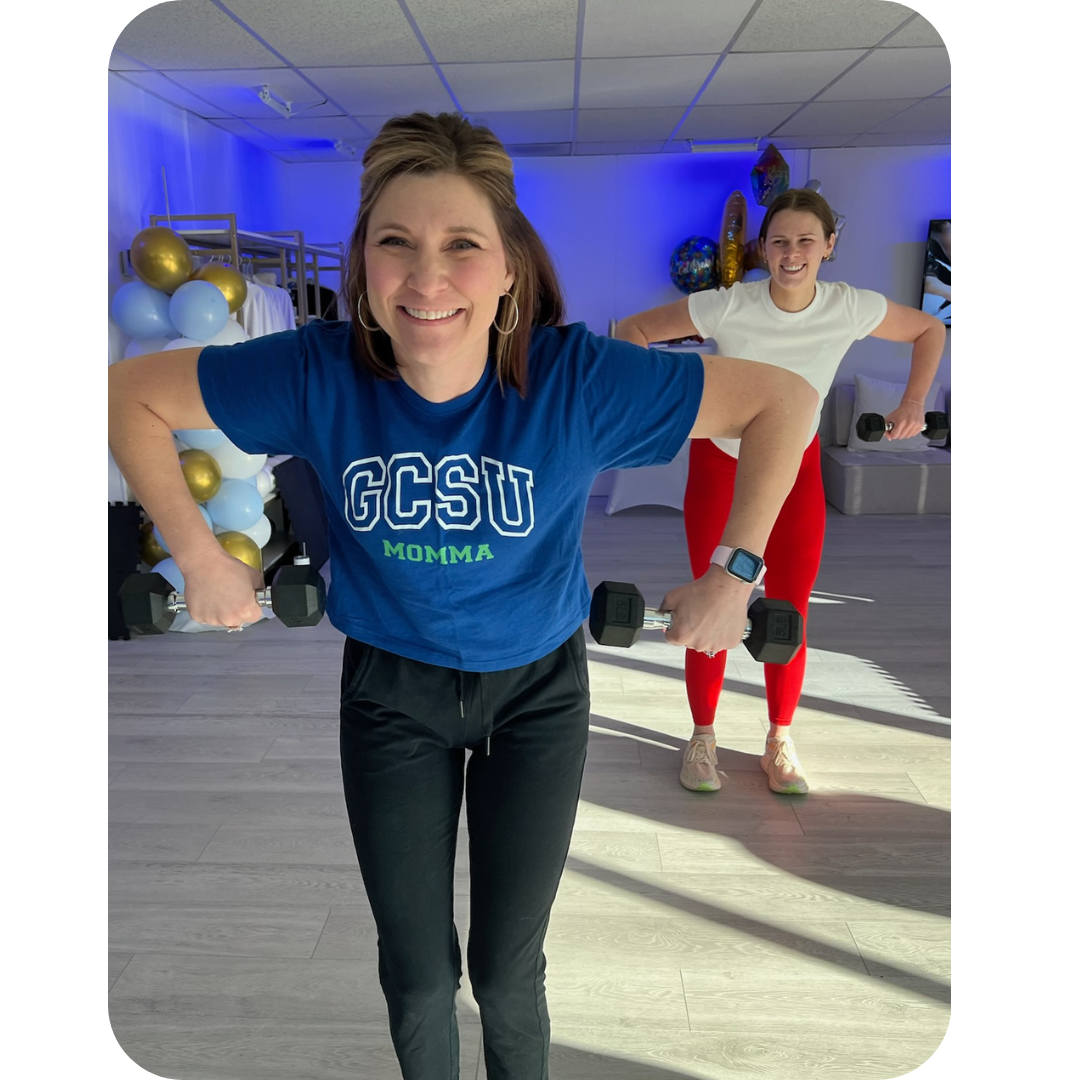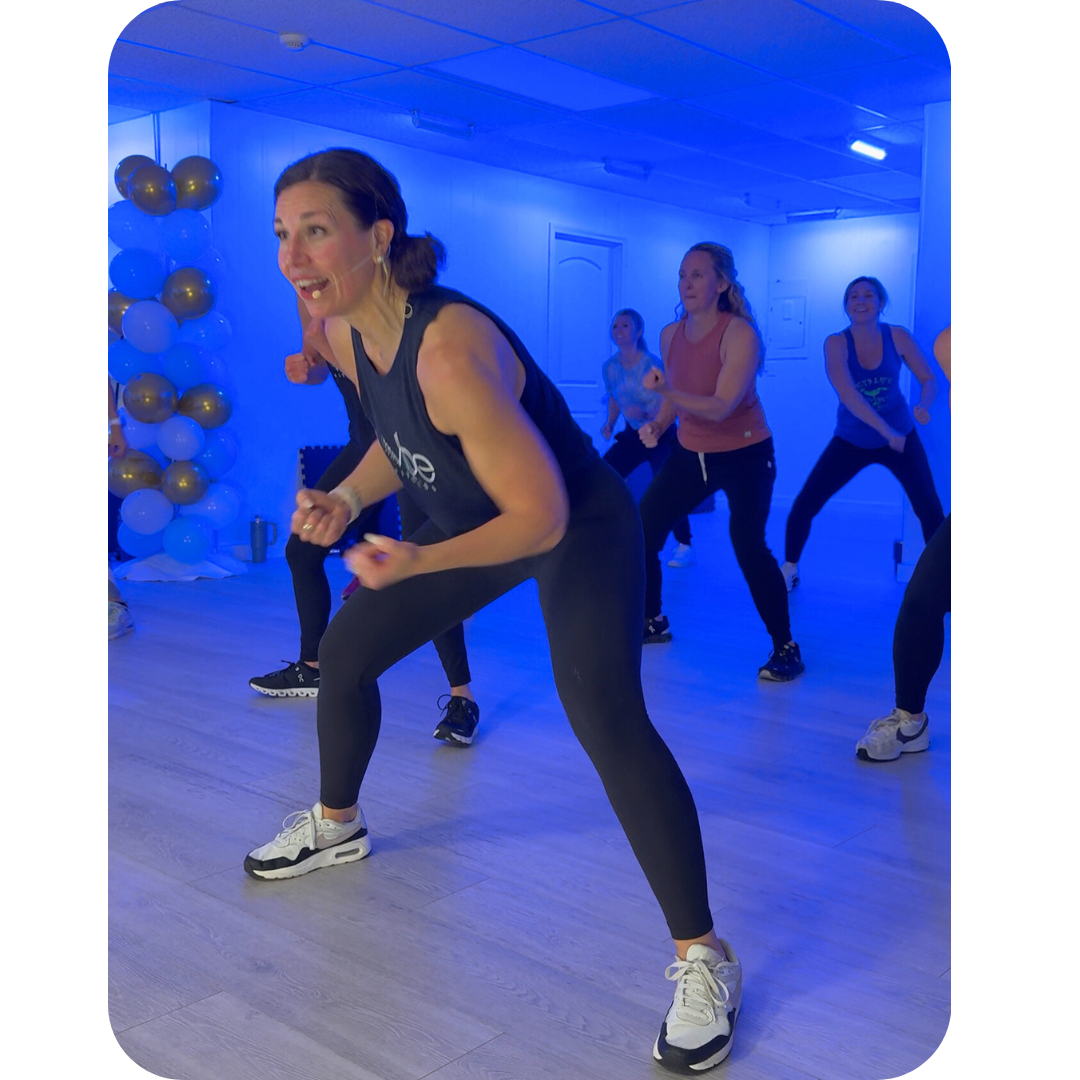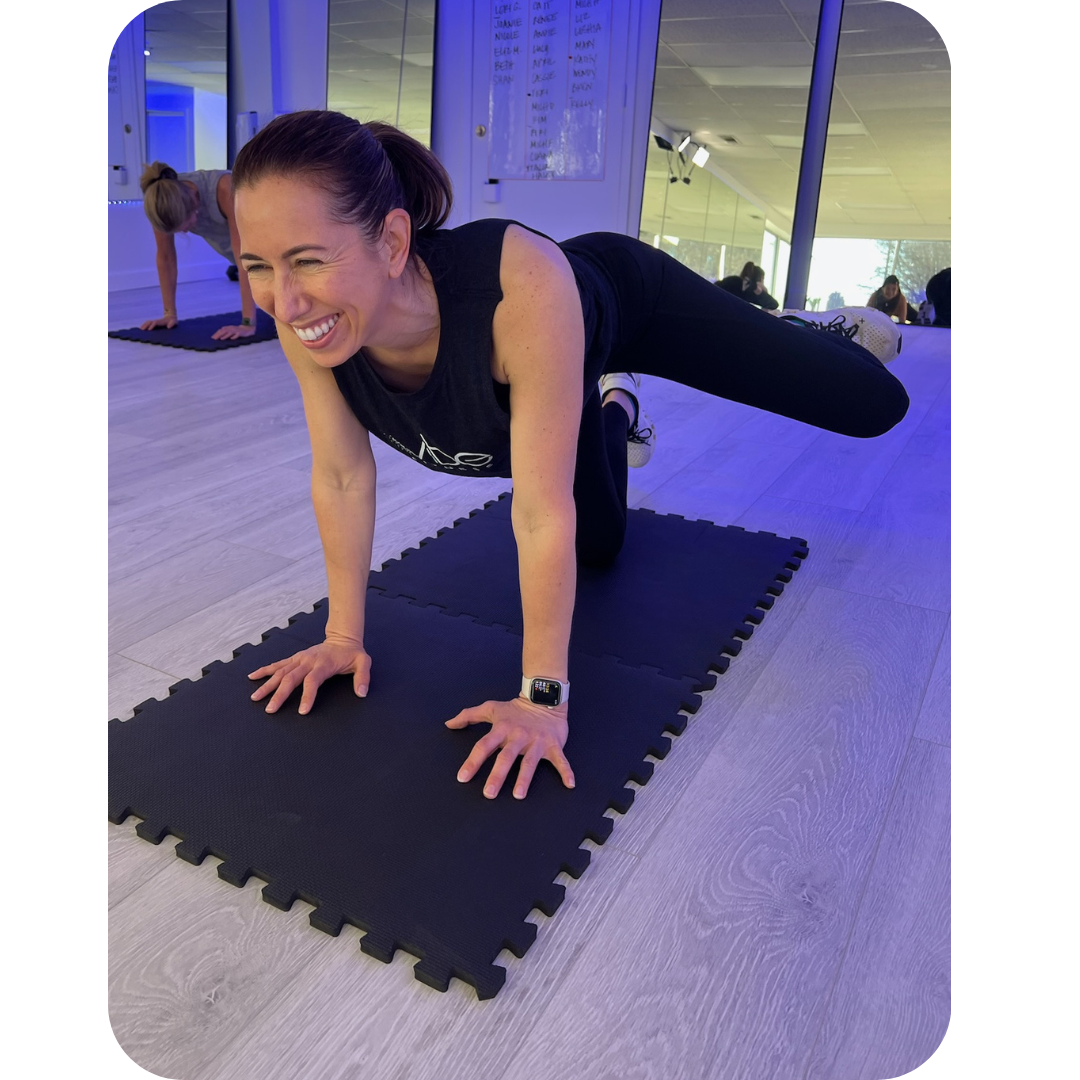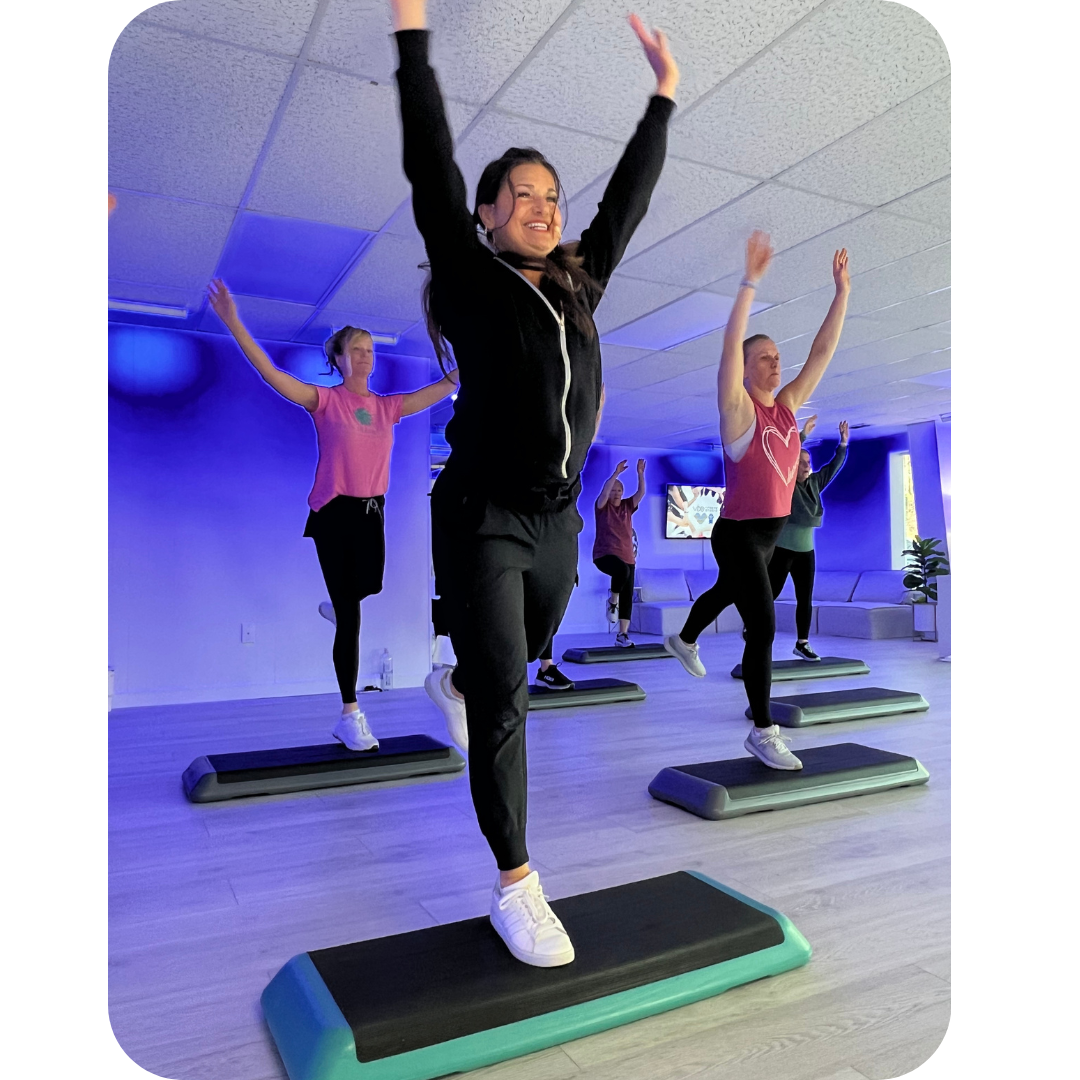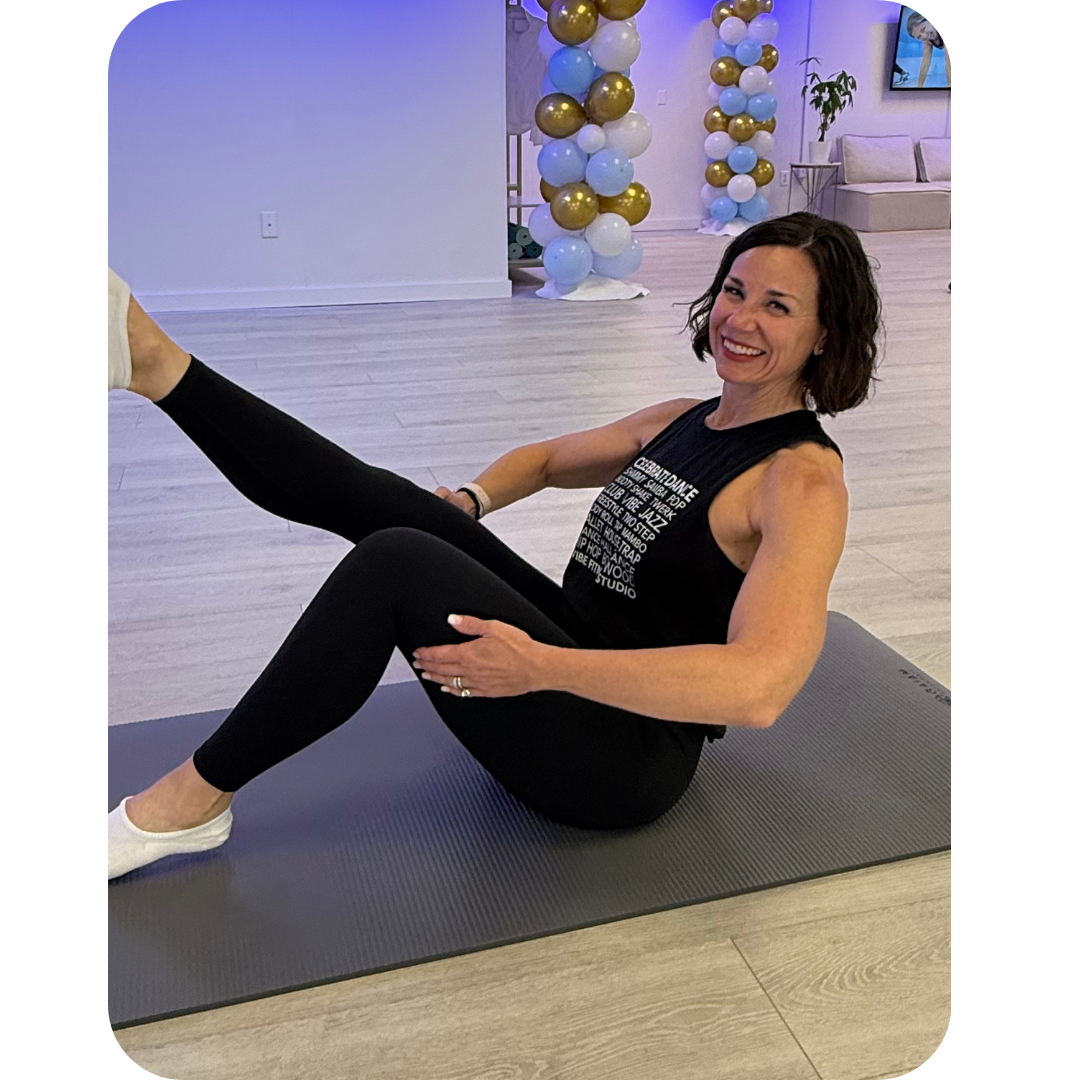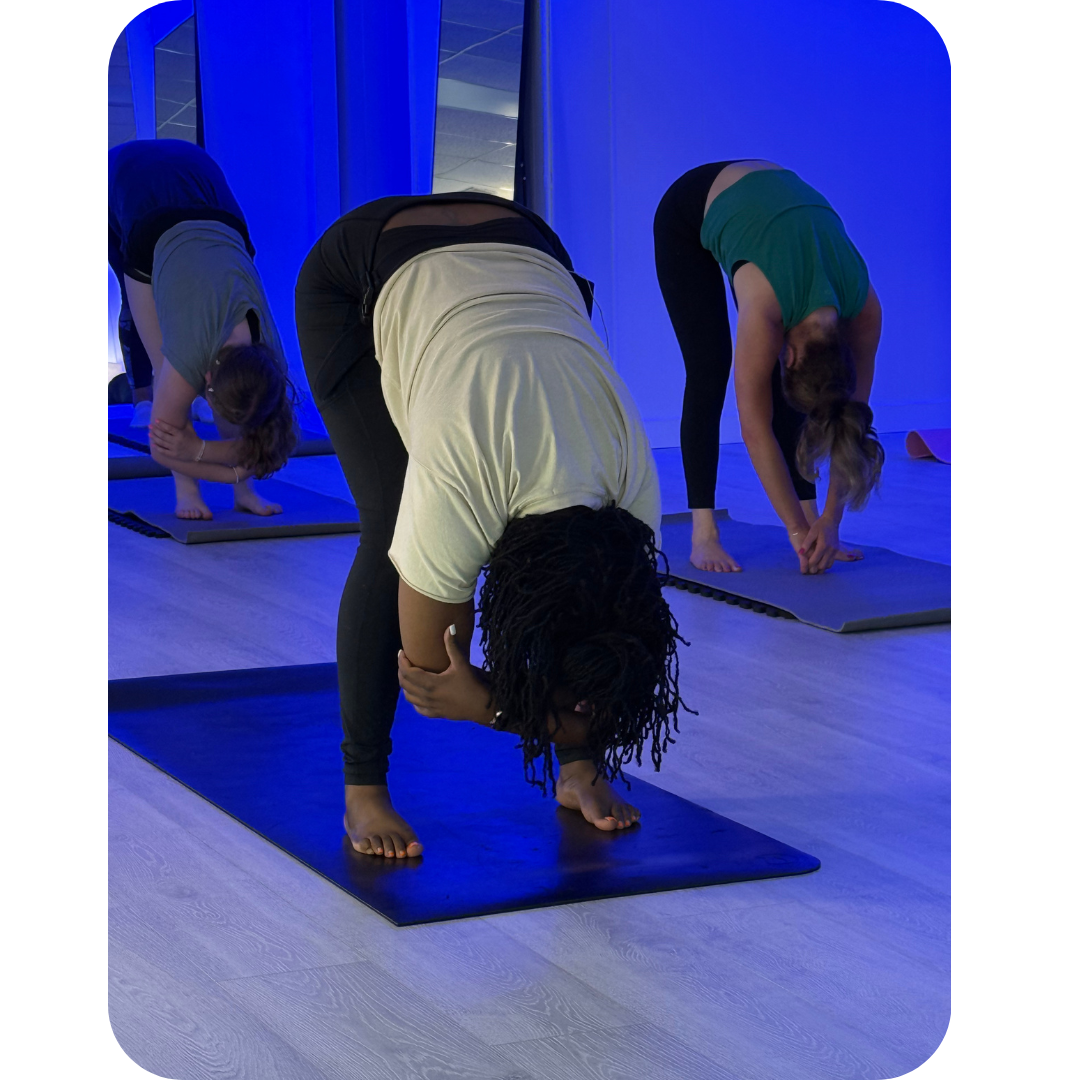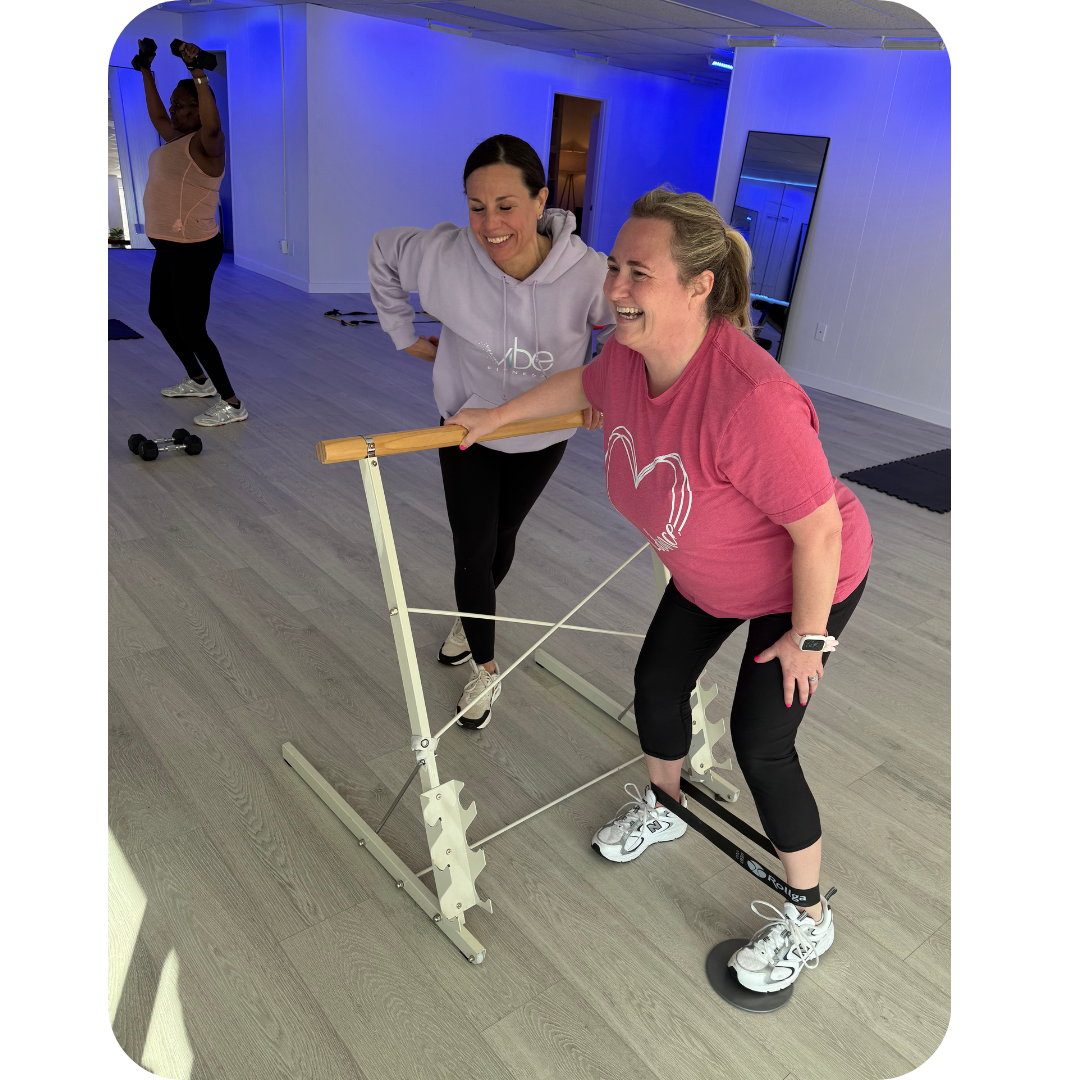By Kelly Schur
•
December 23, 2024
Ever find yourself scratching your head at some of the terms used in a fitness class? You’re not alone! The fitness world has its own language, and it can be easy to mix up words that sound similar but mean very different things. Today, we’re breaking down some common fitness lingo you might hear in our studio (and yes, we’re throwing in a few dance fitness terms too) so you can walk in feeling confident and ready to move! Cross-Training vs. CrossFit: They sound alike, but they’re not the same Cross-Training is all about mixing up your workouts with different types of exercises to target various muscle groups and keep your body balanced. For example, if you’re a regular in our dance fitness classes, cross-training might look like adding strength training, yoga, or barre to your routine to complement your cardio work. CrossFit is a specific brand of high-intensity functional training that combines weightlifting, cardio, and bodyweight exercises in a unique, structured format. It’s typically done in specialized CrossFit gyms, called “boxes,” and follows a distinct methodology. So, while cross-training can be adapted for anyone, CrossFit is its own style of training with a dedicated following. Dance Fitness Terms: Choreography, Repetition, and Breakdown Choreography: This simply refers to the planned dance routine you’ll be learning in class. It’s made up of a sequence of moves set to music, designed to match the beat and mood of the song. Don’t worry if it feels like a lot at first—we break it down into manageable steps so you can learn the moves, one piece at a time. Repetition: You’ll notice that many dance fitness routines use repetition, where the same moves are repeated throughout the song. This isn’t just to make it easier to follow along (though that’s a bonus!); it also helps you master the movements and build muscle memory. Breakdown: Instructors often use the term “breakdown” to describe the process of teaching the choreography in smaller, easier-to-learn sections. We teach the steps one by one, then gradually put it all together. It’s a great way to learn complex routines without feeling overwhelmed. DOMS (Delayed Onset Muscle Soreness) If you’ve ever felt sore a day or two after a tough workout, you’ve experienced DOMS. It stands for Delayed Onset Muscle Soreness, which is just a fancy way of saying your muscles are feeling the effects of a new or challenging workout. It’s completely normal and a sign that your muscles are adapting and getting stronger. To ease the discomfort, try gentle stretching, plenty of hydration, and an active recovery class like yoga or a low-intensity dance session. Functional Fitness: Training for Real Life Functional fitness might sound technical, but it’s actually very practical. It refers to exercises that mimic everyday movements, helping you build strength and coordination for real-life activities. Think of squats (similar to sitting and standing), lunges (like stepping forward), and lifts (like picking up your groceries). It’s about training your body to move better in your daily life, making you feel stronger and more capable. Active Recovery: Rest That’s Not Just Resting Active recovery is a key part of any balanced fitness routine. Instead of taking a full day off, active recovery involves low-intensity movement like stretching, yoga, or a gentle dance class. It helps keep your blood flowing, reduces muscle stiffness, and speeds up your recovery time. It’s a way to give your body a break without becoming completely sedentary, so you can bounce back faster for your next workout. Barre, not bar: No Alcohol Served Here If you’ve heard about barre but aren’t quite sure what it involves, you’re in for a treat. Inspired by ballet, Pilates, and yoga, barre classes focus on small, controlled movements that create a serious burn in your muscles (think tiny pulses that pack a big punch). Don’t worry—you don’t need a dance background to join! The exercises use a ballet barre (or sometimes just a sturdy surface), bodyweight, and small props like light dumbbells or resistance bands. It’s low-impact but super effective for toning, strengthening, and building stability, especially in your legs, glutes, and core. You’ll leave feeling that satisfying shake—proof that those small movements add up to big results! Mind-Muscle Connection: Feel Every Move In our classes, you might hear instructors talk about the “mind-muscle connection.” It’s about tuning into the specific muscle you’re working during each exercise and really focusing on that movement. By doing this, you can increase muscle activation and make every rep count. It’s all about being present in your body and feeling the full benefit of each move, whether you’re lifting weights or nailing that dance routine. Circuit Training: A Full-Body Workout, Fast Circuit training involves moving through a series of exercises (a circuit) with minimal rest in between. Each exercise targets a different muscle group or type of movement, giving you a balanced, full-body workout in a short amount of time. In our studio, we include bodyweight exercises, strength training and pilates/barre movements in a circuit format to keep your heart rate up and your body challenged. The world of fitness can be full of unfamiliar terms, but now you’re ready to walk into the studio armed with the knowledge you need. Understanding the lingo helps you get more out of your workouts and makes it easier to follow along and enjoy the experience. So the next time you hear “cross-training,” “functional fitness,” or “choreography breakdown,” you’ll know exactly what we’re talking about. Let’s keep learning, moving, and growing—together! See you in class!
